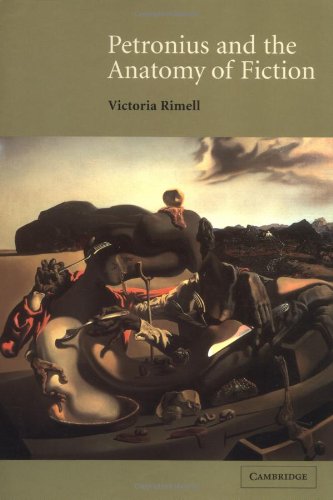

Most ebook files are in PDF format, so you can easily read them using various software such as Foxit Reader or directly on the Google Chrome browser.
Some ebook files are released by publishers in other formats such as .awz, .mobi, .epub, .fb2, etc. You may need to install specific software to read these formats on mobile/PC, such as Calibre.
Please read the tutorial at this link: https://ebookbell.com/faq
We offer FREE conversion to the popular formats you request; however, this may take some time. Therefore, right after payment, please email us, and we will try to provide the service as quickly as possible.
For some exceptional file formats or broken links (if any), please refrain from opening any disputes. Instead, email us first, and we will try to assist within a maximum of 6 hours.
EbookBell Team

5.0
78 reviews
ISBN 10: 0521037018
ISBN 13: 9780521037013
Author: Victoria Rimell
Part I: Context and Controversies
Part II: Narrative Architecture and Structure
Part III: Fictional Devices and Stylistic Innovations
Part IV: Themes and Their Fictional Expression
Part V: Legacy and Enduring Influence
Conclusion:
the anatomy of fiction
the anatomy of a short story
the anatomy of a misfit
the anatomy of a flea
the anatomy of a book
Tags: Victoria Rimell, Petronius, Anatomy